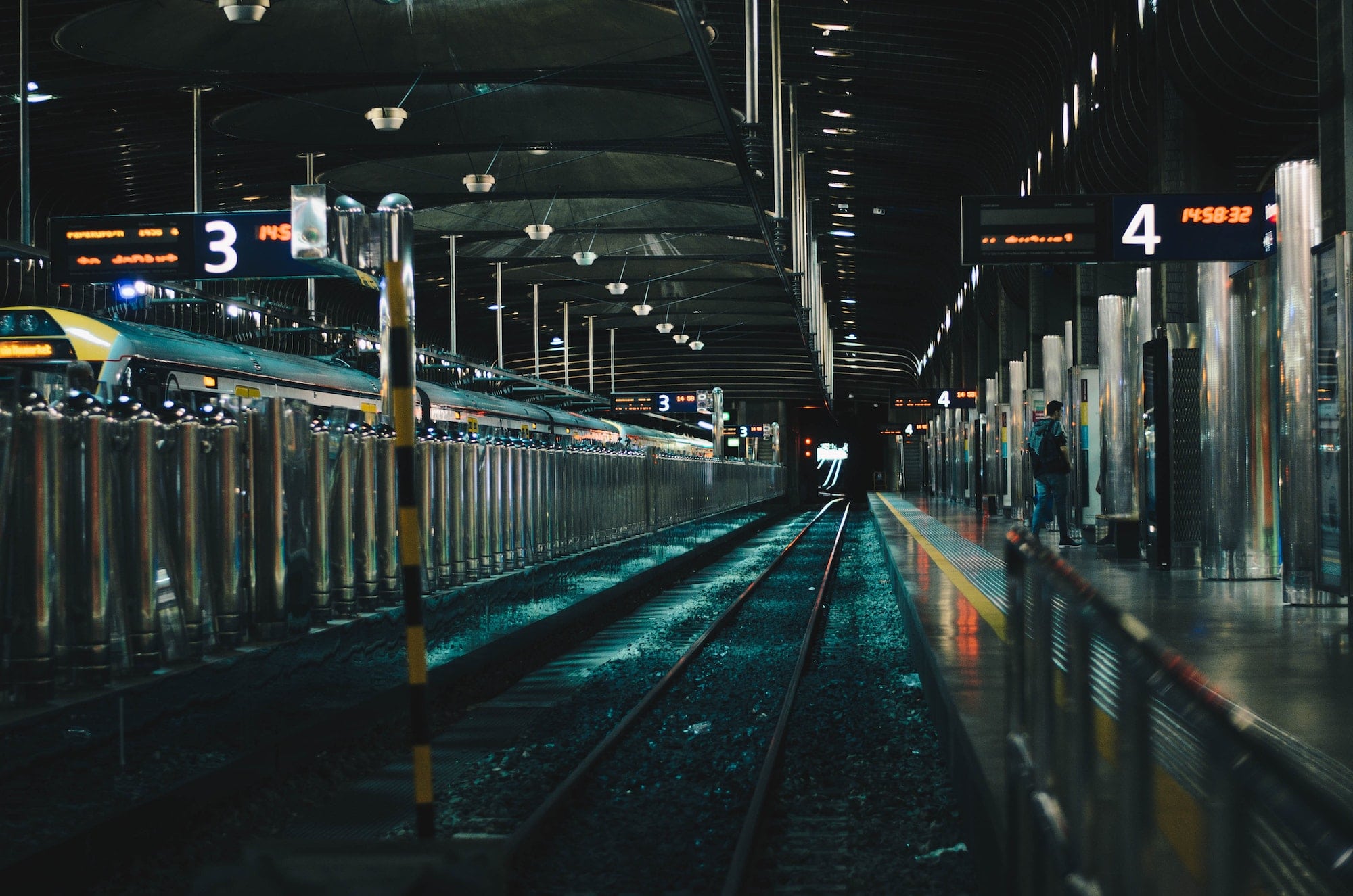Property Council’s Auckland Regional Chair, Andrew Hay gives his opinion on the importance of transport infrastructure in supporting the city’s growth and driving its productivity and success.
In the lead up to the 2017 election, one of the Labour party’s key policies was the rail transport initiative for Auckland that focused on rail from the CBD to the Airport, the Central Suburbs, West Auckland and eventually the North Shore. We know public transport is important as access to transport can remove barriers in society, unlock opportunities and support the success of new and intensified communities.
Rail infrastructure is a massive investment, however, once in place, it can transform a city as intensity radiates from the hubs that the stations create. The Central Rail Link, commenced in 2016, promises a train frequency of every five minutes making the locations of its stations highly convenient places to live work or play. Rail initiatives have evolved in the five years since those 2017 policies were stated and investigations commenced. For greatest efficacy, or likely success, public transport needs to address the greatest source of demand. We can take this further and see if we can effect societal change through access to transport. Transport can be a barrier to education, from primary school right up to tertiary training. It can be a barrier to employment – for instance if there is no efficient way to actually get from home to the location of work. The inability to have easy transport access to the doctor, dentist or hospital can be a major barrier to health and health outcomes for an entire community, socio economic group and/or particular demographic.
The city is rapidly intensifying in areas that have traditionally been more affordable and in new ‘greenfield’ locations in the outer fringe. These new suburbs and regeneration projects need quality transport solutions to allow access to wider amenities as noted to ensure these locations remain attractive to first buyers now and in the future. If developments become isolated they are less desirable, can start to feature a higher ratio of rental dwellings, can become less well maintained and struggle to attract reinvestment into local infrastructure.
Convoluted multi-connection bus transport in peak traffic makes commuting unattractive and, in many cases impractical. There is significant opportunity-cost in hours of weekly commuting time, be it lost productivity or lost family and relaxation time. Many organisations are commenting (anecdotally) that they expected a hybrid working from the office/working from home model would likely be the norm for them going forward. In the current tight labour market employees have choice, the life/work balance is critical and decisions around how to work is being influenced by access to convenient transport. In addition, the majority of us are social creatures who require the ‘in person’ engagement and serendipitous development of learning from watching others in a work environment, especially early in our careers – as many first home buyer commuters are.
The recently announced Auckland light rail proposal aims to address increased demand in its initial route covering the rapidly intensifying areas of Mount Roskill, Mangere and Favona. As proposed, this route will make it all the way to the airport, which represents much more than a political promise to the travelling public, as the airport precinct is a significant employment hub. It will be predominantly commuters using a multi-stop rail corridor to the airport rather than business or leisure travelers. The northern end of the line will provide access to the city’s education hub, the CBD and possibly the City’s hospital. The ease of this form of transport encouraging attendance and visitor numbers. Consider NZ’s most frequented rail line – Wellington’s Johnsonville line. This is a high frequency service that connects multiple suburbs to schools, amenities and our capital’s CBD. It achieves the holy grail of public transport – it is easier than driving. Auckland’s light rail must achieve the same – nothing less.
The light rail project will be expensive although it is an investment in the future and one that will support Auckland’s growth projections. We need to support this initiative and accelerate a move to establish rapid transport routes to the West and South, replicating the success of the northern busway.
The success of the current transport projects and initiatives will drive the productivity and success of Auckland City as a competitive international destination. Let’s make sure we aren’t still talking about it in another five years.
Author
Andrew Hay
General Manager – Industrial, Stride Property
With over 20 years’ property industry experience, Andrew is responsible for overseeing and growing Stride Property’s industrial fund, Industre. Andrew is also the current Auckland Regional Chair of Property Council New Zealand.


